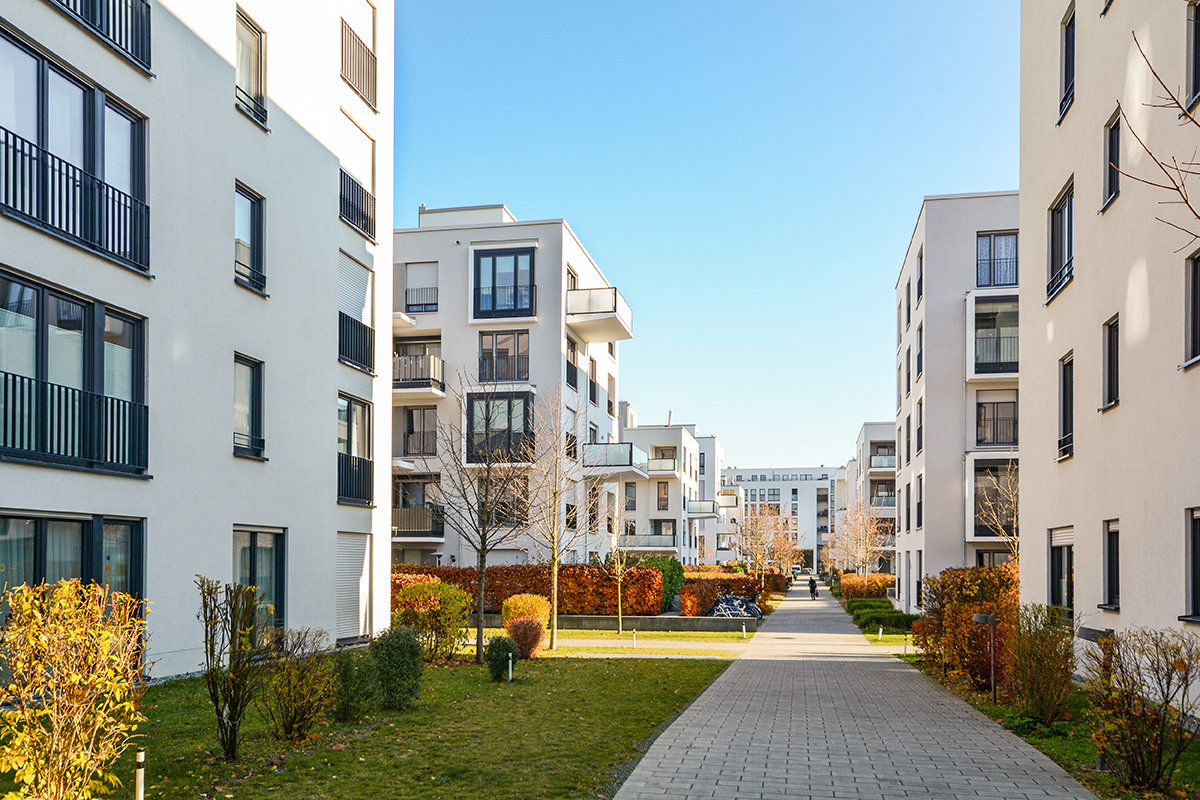Managed IT Services Providers
Managing your IT infrastructure can be costly and time-consuming. To avoid the risk of unexpected downtime, it’s advisable to hire an MSP.
The right MSP can provide proactive IT support, elevated security protocols, scalability and more. Here are some features to help you select the best MSP:
Proactive Support
Managed IT Los Angeles Services providers provide proactive support to your technology. You can receive help desk support, 24/7 monitoring for your IT infrastructure and more. Many MSPs also offer a variety of cloud services, including data storage and backups, IT security, and email systems.
Your IT department may be bogged down with lengthy projects or routine help desk issues. Outsourcing your IT services to managed service providers will free your team up for other tasks. A good managed service provider will have a team of technicians with experience in various technologies. This means that if one technician is not available, another can step in and provide assistance.
Co-managed IT solutions can be a great option for businesses with limited budgets and resources. It’s important to find a managed service provider that you can trust. They should have the right culture and be able to handle any task. They should be able to quickly address your IT needs and ensure your network runs at its best.
Scalability
A specialized Los Angeles MSP takes care of IT security, support, and infrastructure needs so that your internal team can concentrate on achieving business goals. Your IT manager and staff will have more time to dedicate to important technical tasks rather than dealing with the daily ticket items that drain their energy.
MSPs offer scalable IT solutions that are affordable for any company. The monthly fee is all-inclusive, stabilizing your IT budget. This pricing model is a big advantage for companies that do not have the resources to hire their own IT team.
MSPs provide comprehensive IT support, including help desk management, remote monitoring of network systems, and IT consulting. They also help businesses optimize their IT infrastructure, secure and manage data, and develop an IT strategy. They serve a range of industries, including financial services, retail, and healthcare. They provide a variety of IT services including cloud services, IT strategy and staffing, IT security consulting.
24x7x365 Support
Many managed IT firms in Los Angeles offer overnight support so you can sleep at night knowing your company’s information is safe. These companies can procure internet services for your business, back up your data to the cloud, protect your network from malware, and provide 24/7 IT help desk support.
CyberDuo helps small and midsized businesses manage their IT infrastructure. The engineers at CyberDuo have over a decade’s experience in their respective fields. They can also help you create a hybrid IT environment that uses both on-premise and cloud technology.
DCG Technical Solutions provides services to clients in the manufacturing, distribution and retail industries. They have a team of IT specialists who can provide cybersecurity, IT managed services, and IT consulting. They can assist you in setting up a secure network for your office, as well as providing hardware and software support. They are also a primary reseller and can get you better hardware prices. They can assist you in selecting the right equipment for your business.
Artificial Intelligence
AI is a powerful tool that can help businesses stay ahead of the competition. It can automate processes that would require human supervision and increase efficiency. This technology also enables employees to focus on more pressing projects and serve customers better.
managed service providers in Los Angeles can help companies resolve issues quickly and efficiently. These service providers have a dedicated team of IT experts who can handle anything from network monitoring to customer support.
Founded in 2004, KC Solutions offers IT managed services and cloud solutions to small and medium-sized businesses. Its team of IT professionals provides 24/7 support, vCIO services, data backup, and recovery services, and hardware installation and management. They have worked with a range of clients, including law firms and non-profit organizations. The company recently helped a client migrate from a GroupWise to Google Apps system.
